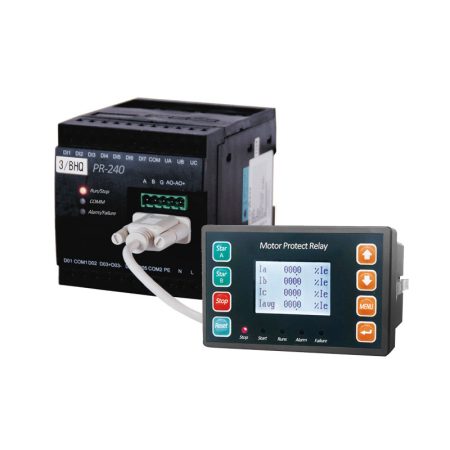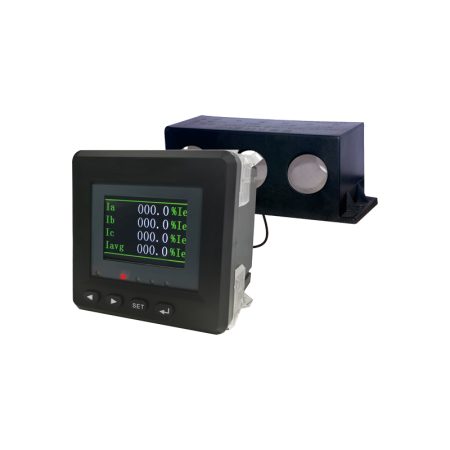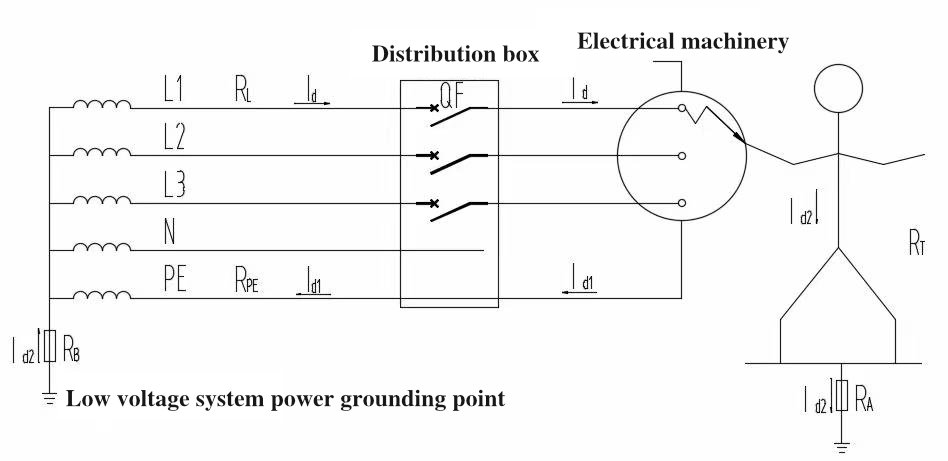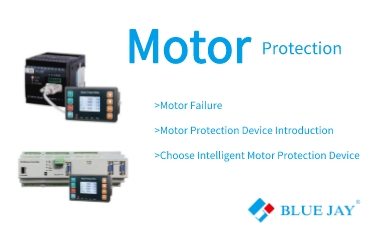
CT Selection Guide in Motor Protection Relay
In motor protection systems, current transformers (CTs) play a

The motor protection relay is an electrical device used to protect the motor. It can monitor and control the motor to avoid failure or damage to the motor during operation. Motor protection relays are an integral part of modern power systems. They can ensure the safe operation of motors and reduce production shutdowns and equipment damage caused by motor failures.


The working principle of the motor protection relay is to monitor the running state of the motor. When the motor fails or runs abnormally, the protection relay will send out an alarm in time and take measures to protect the motor. The motor protection relay measures and analyzes the current, voltage, temperature, and other parameters of the motor to determine whether the motor is running normally. When the operating parameters of the motor exceed the set safety range, the protection relay will send out an alarm in time and take measures to avoid damage to the motor.
According to its functions, the types of motor protection relays include overload protection relays, short circuit protection relays, under voltage protection relays, overvoltage protection relays, etc. Among them, the overload protection relay is the most common one, which can monitor the load condition of the motor and automatically cut off the power supply when the motor load is too large to avoid damage to the motor. The short-circuit protection relay can monitor whether the circuit is short-circuited. Once a short circuit is found, the protection relay will automatically cut off the power to protect the motor from damage. The under-voltage protection relay can monitor whether the power supply voltage is too low. Once the power supply voltage is found to be too low, the protection relay will automatically cut off the power supply to prevent the motor from malfunctioning. The overvoltage protection relay can monitor whether the power supply voltage is too high. Once the power supply voltage is found to be too high, the protection relay will automatically cut off the power supply to protect the motor from overvoltage damage.
At cqbluejay.com. you can find two types of motor protection relays: PR200 and PR600 & PR80L. Our PR 200 series can provide all the above functions to protect motors. Our PR600 and PR80L are Power line protection relays for motors.
The basic functions of the motor protection relay mainly include the following aspects:
Overload protection: When the load of the motor exceeds the rated load, the temperature of the motor will rise and the motor windings will be easily damaged. The overload protection relay can monitor the current of the motor. When the current exceeds the rated value, the protection relay will automatically cut off the power supply to avoid damage to the motor due to overload.
Short-circuit protection: When the motor is running, if there is a short-circuit fault, it may cause damage to the motor. The short-circuit protection relay can monitor the current of the motor. When the current suddenly increases, the protection relay will automatically cut off the power supply to avoid damage to the motor due to short-circuit faults.
Under-voltage protection: The motor may not work properly under the condition of under-voltage, and even cause damage to the motor. The under-voltage protection relay can monitor the power supply voltage. When the power supply voltage is lower than the rated value, the protection relay will automatically cut off the power supply to prevent the motor from not working properly due to under voltage.
Overvoltage Protection: Motors can also be damaged in overvoltage conditions. The overvoltage protection relay can monitor the power supply voltage. When the power supply voltage exceeds the rated value, the protection relay will automatically cut off the power supply to avoid damage to the motor due to overvoltage.
Current imbalance protection: The three-phase current of the motor should be equal, if there is a current imbalance, it may cause damage to the motor. The current imbalance protection relay can monitor the current. When the current imbalance is found, the protection relay will automatically cut off the power supply to avoid damage to the motor due to the current imbalance.
When using the motor protection relay, it is very important to set the parameters correctly, because a good parameter setting will directly affect the protection effect of the motor. This article will introduce the parameter setting method of the motor protection relay.
When setting overload protection parameters, factors such as the rated power, rated current, rated voltage, and load characteristics of the motor need to be considered. The main purpose of overload protection is to prevent the motor from being damaged due to overheating and burning when the motor is overloaded for a long time. Therefore, when setting the overload protection parameters, the operating time should be determined according to the rated current of the motor. Generally, the operating time of the overload protection relay should be within the range of 1.2-1.5 times the rated current of the motor to ensure that the motor can be overloaded. Act in time.
In addition, the influence of load characteristics should also be considered. Due to the different load characteristics of the motor, the current changes during its operation are also different. To avoid misoperation or leakage of the overload protection relay, it is necessary to make corresponding adjustments according to the load characteristics of the motor when setting parameters.
Short circuit protection is an important measure to protect the motor from short circuit damage. When setting short-circuit protection parameters, the relationship between the rated current of the motor and the short-circuit current needs to be considered. Normally, the operating time of the short-circuit protection relay should be within 2-3 times the rated current of the motor, so as to ensure that it can act in time when the motor has a short-circuit fault.
In addition, attention should be paid to the stability of the short circuit protection relay. Due to the transient nature and instability of the short-circuit current, when setting the short-circuit protection parameters, it is necessary to select a protection relay with high stability to ensure that it can operate accurately.

In motor protection systems, current transformers (CTs) play a

The Motor ground fault protection is to provide protection

A motor protection system is a group of protection




